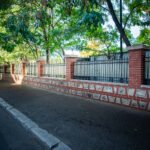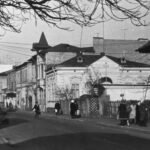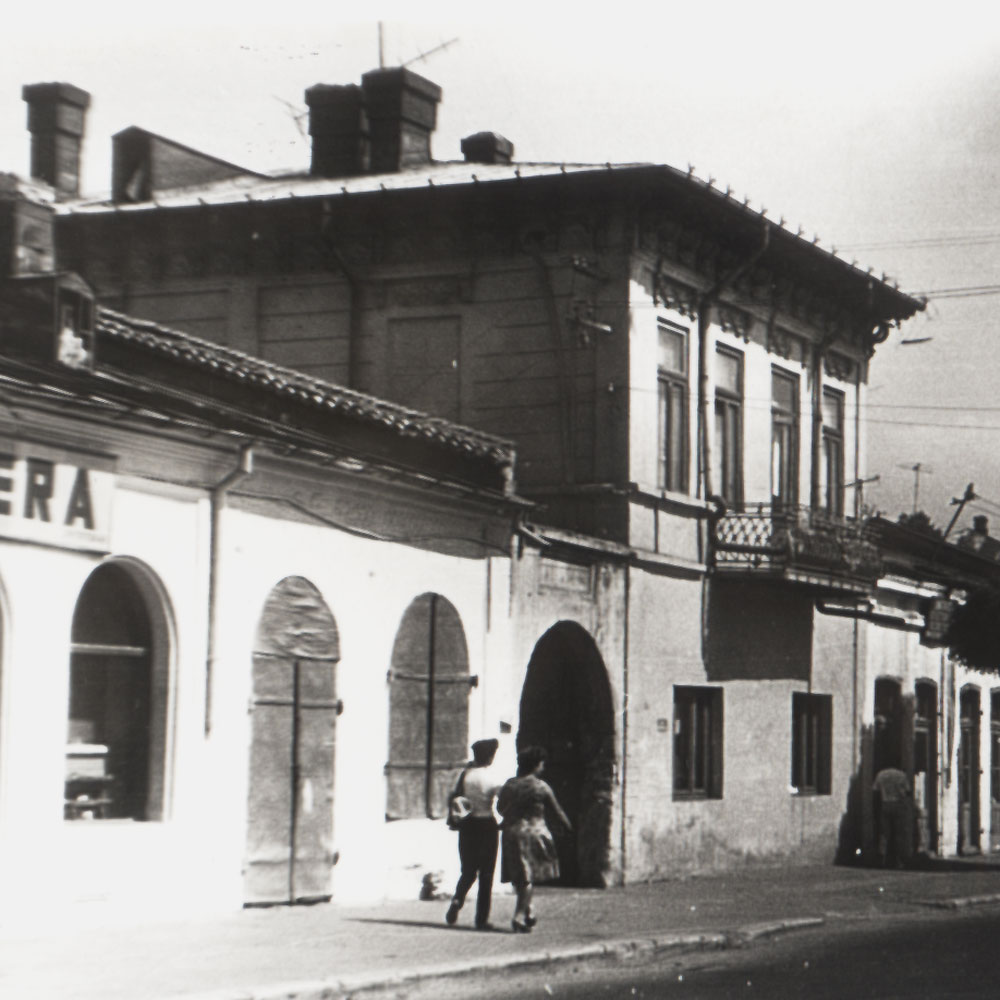
Enclosure wall of the Bishopric
September 2, 2024
“Alexandru Marghiloman Street” Ensemble
September 2, 2024English
“ALEXANDRU MARGHILOMAN STREET” ENSEMBLE
Alexandru Marghiloman Street was and remains one of the important arteries of the city of Buzău, connecting its center with Brăilei Road. Initially, the street was called Oborului, then Brăilei, later Dobrogei (after 1881), and from 1911, Alexandru Marghiloman, in honor of the great politician from Buzău. After 1948 it was Constantin Dobrogeanu-Gherea Street, returning to the name Alexandru Marghiloman after 1990.
Along its entire length, initially from Aleea Episcopiei Street, today from Cuza Vodă Street (The Theatre Square) to the Brăila Barrier, we find numerous objects of historical and architectural interest for the city of Buzău, some of them included in the list of historical monuments, such as: the former Hall of meat and fish (or Obor Bazaar), inaugurated on the 12th of November 1898, the Ioniță Ploieșteanu Inn, where the great actor and playwright George Ciprian was born in 1883, the Vasile Cățoiu Inn, the former Primary School of the Israeli Community, inaugurated on the 24th of August 1903, the Synagogue of the Israelite Community, the Alexandru Marghiloman architectural complex and the Seceleanu House (Nicolae Seceleanu's daughter commissioned from Constantin Brâncuşi the works "Prayer" and "Bust of lawyer Petre Stănescu", made by him and exhibited in Buzău in 1914, works located today in the Dumbrava Cemetery in Buzău, on the alley named after the sculptor).
The "Alexandru Marghiloman Street" ensemble, between Cuza Vodă and Tăbăcari Streets, is included in the List of Historical Monuments (BZ-II-a-B-02336).




